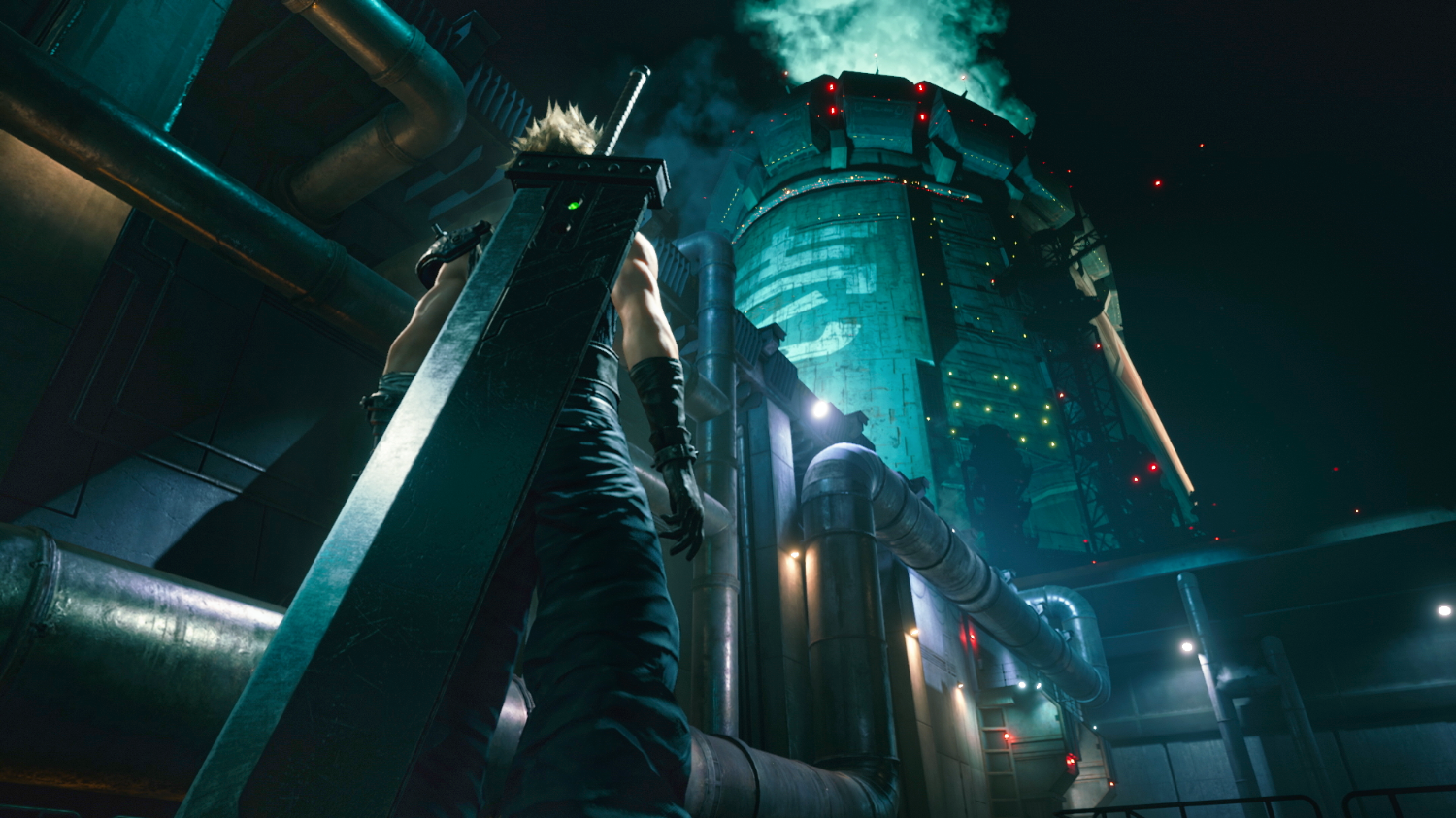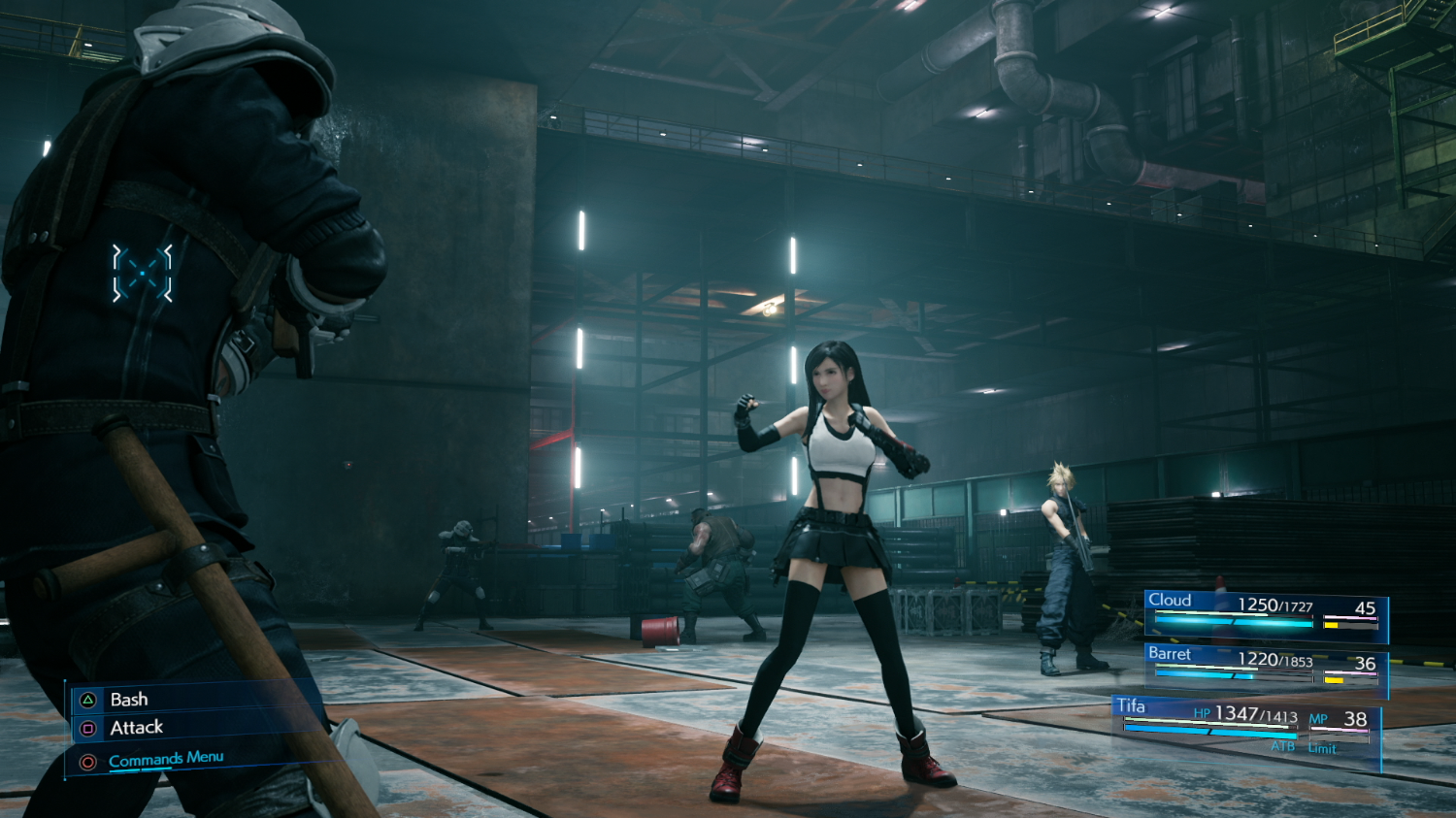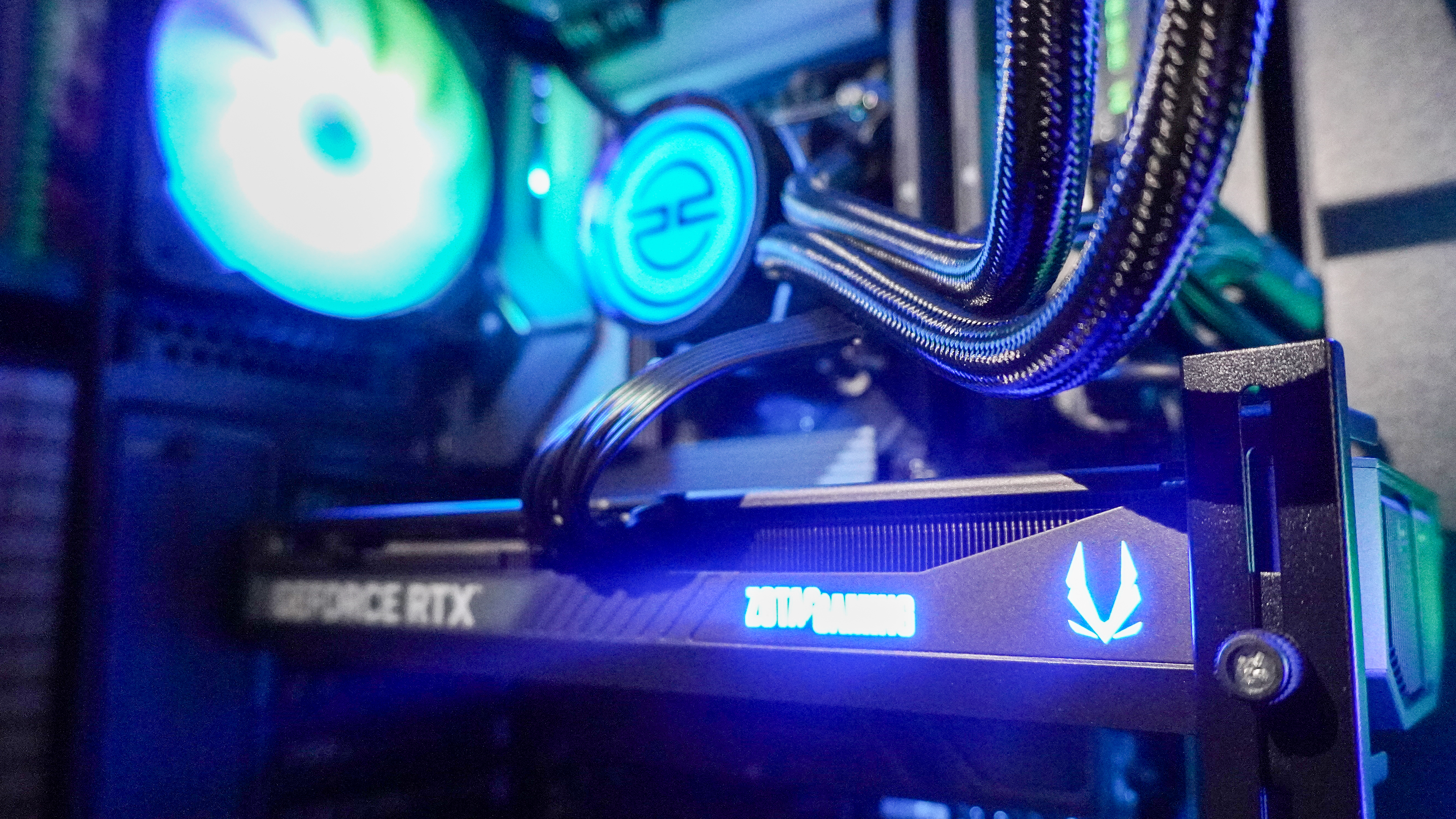Final Fantasy VII Remake Lives Up to the Original
I went hands-on with the Final Fantasy VII Remake at E3 2019, and the game is much, much more than a graphical overhaul.
LOS ANGELES – I find that people generally fall into two camps about the Final Fantasy VII Remake: “Give it to me right this second” or “Final Fantasy VII? Again?” I admit that I tend to be in the latter category. I absolutely adored FFVII when I first played it in middle school, and I even think it’s aged fairly well. But the endless cycle of remakes, re-releases and remasters has to stop somewhere. What could Final Fantasy VII Remake possibly do to justify telling this particular story yet again?

Quite a lot, as it turns out. I went hands-on with the game at E3 2019, and the game is much, much more than a graphical overhaul. The gameplay is different, the script is different, the level design is different – even the music, while familiar, serves a much different purpose than before. FFVIIR reimagines a classic title for a much faster-paced, better-detailed era of gaming, and the results, so far, look like an unqualified success. And believe me, I am just as surprised to write that as you may be to read it.
“Simply recreating the original game with new graphics wasn’t enough to get the core team excited about the project,” said Yoshinori Kitase during our session. Kitase-san is one of the game’s producers, and a key figure in its development.

Faster combat
My demo started with a hands-off session, where a Square Enix representative guided Cloud Strife and Barret Wallace through the game’s very first level. If you played FFVII back in the day, the general setup will be extremely familiar. Cloud, Barret and a motley group of freedom fighters hop aboard a train en route to a Mako reactor. There, they plan to set a bomb and destroy the facility that’s draining the planet’s lifeblood dry.
But when Cloud hops off the train, he doesn’t get into a turn-based battle with the first Shinra guard he encounters. Instead, he starts swinging his enormous Buster Sword in real-time, dishing out damage and moving around the battlefield at will. The next few battles gave instructions on how to use dodge, block and use special abilities.
The active time battle (ATB) gauge from earlier Final Fantasy games makes a return here, albeit in a slightly varied form. Cloud can use standard attacks as often as he wants, but he needs to expend an ATB gauge to employ special skills, cast magic or use items. The ATB fills up slowly over time, or more quickly as you use standard attacks, so battles are a constant push-pull between real-time action and more strategic skill usage.
One thing I noticed as Cloud traversed the industrial, cyberpunk environs of the Mako reactor was that the level was much longer than it was in the original FFVII. A Square Enix representative explained that the team had faithfully recreated every room and pathway that existed back in 1997. However, those games employed transitions between screens, suggesting that Cloud and Barret had traversed a lot more of the reactor between main areas. Current technology allows the FFVIIR team to create the whole Mako reactor, not just a few isolated rooms.
When Barret joined the team, we got our first taste of how the game’s party mechanics will work. You can switch between characters by hitting a button on the D-pad, and no two characters have quite the same controls. Barret, for example, fires at distant enemies with his machine-gun arm. Rather than hitting a the square button intermittently to generate combos, all you have to do is hold the square button down until Barret needs to reload. A competent AI will take control of whichever party members you’re not currently using.

There’s still more fighting
After that, I got to play through a demo myself. My hands-on began where the theater demo ended, just before FFVII’s very first iconic boss fight: the daunting scorpion tank. I had a few encounters with Shinra guards and their vicious attack dogs, where I got a chance to practice all the basics. Despite taking place in real-time, the combat system is not too twitchy, since you’re both encouraged and expected to slow down the action often to use special skills.
I also got a chance to experiment with both Cloud and Barret’s unique abilities. Cloud has two combat modes, between which he can switch at will. The first – Operator Mode – is his default setting, where he can both attack and dodge freely. The second – Punisher Mode – is a much slower setting, where his attacks deal a lot more damage. They’re both situationally useful; the trick is knowing when to switch. Meanwhile, Barret had the Overpower ability, which could charge up his shots rather than fire off in a steady stream.
All of these techniques came in handy when the scorpion tank attacked. Unlike the original FFVII boss fight, defeating it wasn’t a simple matter of just dishing out damage. The boss fight had four distinct stages: an initial assault, a full-body shield, a devastating tail laser and an auto-repair mode. As the battle progressed, the scorpion tank leapt all around the battlefield, lighting parts of the reactor on fire. What began as a simple steel bridge became a blazing inferno by the end of the fight.
And there was a tremendous amount to do in order to defeat the boss. Just attacking didn’t deal much damage. Instead, I had to discover the boss’s weak points, target them manually, land special skills and order Barret to heal the party often. As in the original game, you can also unleash devastating Limit Break attacks when you take enough damage, and I took plenty. Toward the end, I even had to take advantage of the environment to hide behind cover – and there were only so many places to hide, as the scorpion tank destroyed them as the battle progressed.
Finally defeating the scorpion tank was immensely satisfying and intense, although it did feel like a bit of busywork compared to the original’s straightforward strategic simplicity. I imagine that other boss fights in the game might feel similarly exhilarating, and also a bit too long.
Still, the bottom line is that FFVIIR feels very different from before, while maintaining the creative story, endearing characters and unforgettable setting that made fans fall in love with the game in the first place. In spite of myself, FFVIIR won me over in a short amount of time, and I can’t wait to play the whole thing when it launches for PS4 on Mar. 20, 2020.
Be sure to follow our E3 2019 news hub all week long for the biggest reveals and impressions out of Los Angeles.
Sign up to get the BEST of Tom's Guide direct to your inbox.
Get instant access to breaking news, the hottest reviews, great deals and helpful tips.
Marshall Honorof is a senior editor for Tom's Guide, overseeing the site's coverage of gaming hardware and software. He comes from a science writing background, having studied paleomammalogy, biological anthropology, and the history of science and technology. After hours, you can find him practicing taekwondo or doing deep dives on classic sci-fi.

